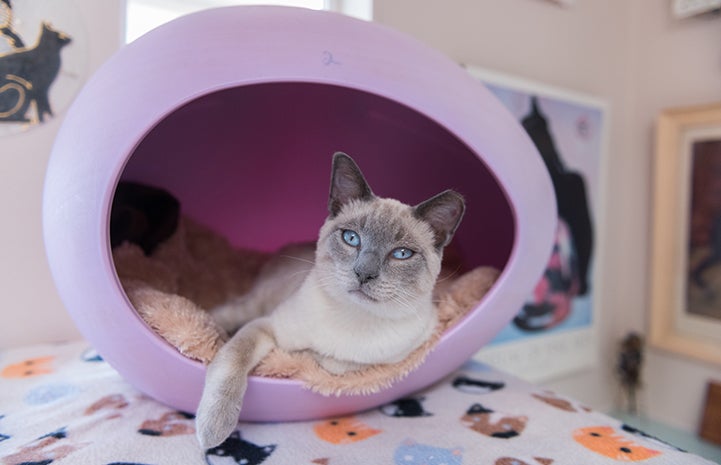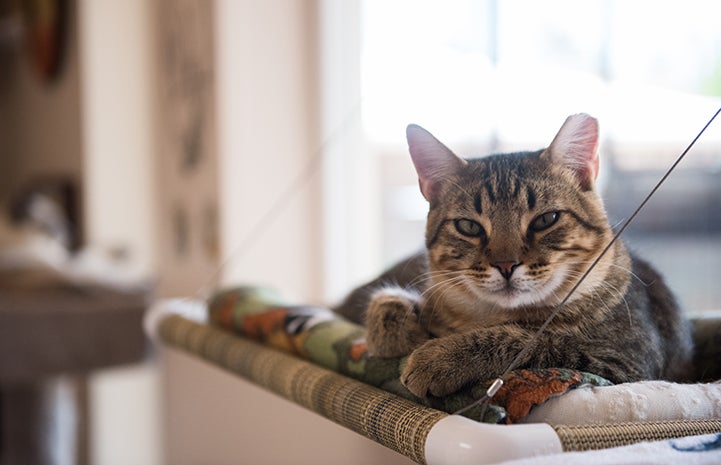Helping kittens with FeLV beat the odds
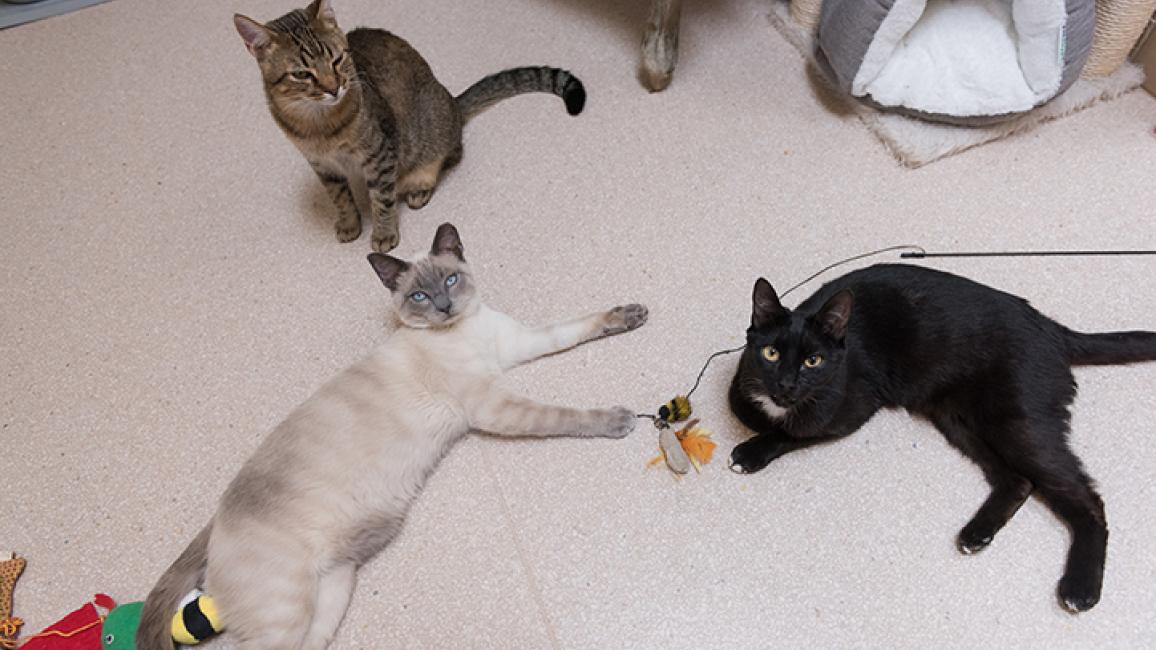
Brothers Abraham and Alfonso couldn’t be more different. Alphonso is a reserved brown tabby cat who stays on the fringes of the action, while Abraham is an extroverted Siamese who likes to be right in the center of things. But the siblings, who both have feline leukemia (FeLV), recently celebrated an important milestone — their first birthday.
At Best Friends Animal Sanctuary, Abraham and Alfonso are getting all the help and support they need to beat the odds and enjoy life. Born outdoors, they came to the Sanctuary through Best Friends’ local community cat program, which is designed to keep community cats out of the shelter. Because they lack social skills, community cats (once they are in shelters) are less likely to be adopted, and if they aren’t adopted within a certain length of time, they’re likely to be killed.
Let’s make no-kill by 2025 a reality
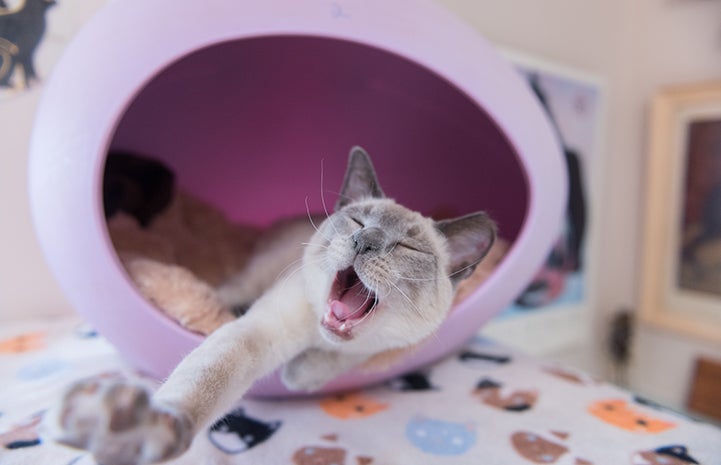
Community cats and FeLV
Community cat programs achieve their goals through TNR — trapping, neutering and returning community cats to their original outdoor locations, which for these cats is home. Returning to life outdoors is the best option for most community cats, but there are some exceptions.
The community cat colony that Abraham and Alfonso lived in was overcrowded, and their caregiver was overwhelmed. So the brothers stayed at the Sanctuary, which turned out to be the best thing for them, since both kittens tested positive for FeLV.
FeLV is a virus that weakens cats’ immune systems and makes them susceptible to secondary infections. It’s unlikely that the brothers would have survived outdoors without monitoring, regular veterinary checkups and prompt veterinary care in case of illness. A social disease, FeLV is easily spread from one cat to another through close physical contact, so cats who have the virus must be kept separate from those who don’t.
Learn more about FeLV in kittens and cats
Feline leukemia in kittens
While FeLV in cats is serious (and cats with the virus tend to have shorter lifespans than cats who don’t have it), most adult cats with FeLV can and do live normal and happy lives. Sadly, with kittens, it’s a whole different ballgame.
Because their immune systems aren’t fully developed, kittens with FeLV are at much higher risk than adult cats because they are prone to getting persistent secondary infections or cancers, such as lymphoma.
While there are no telltale early symptoms of feline leukemia, tests can determine whether or not a cat or kitten is positive for FeLV. The feline leukemia prognosis for kittens is heartbreaking. Around 80 percent of kittens with FeLV do not live past three years, and most die within a year.
Fortunately, there are exceptions to this rule. With excellent care, some kittens can and do survive their first year and make it to adulthood in good health. Some of these young survivors go on to enjoy long-term health and happiness.
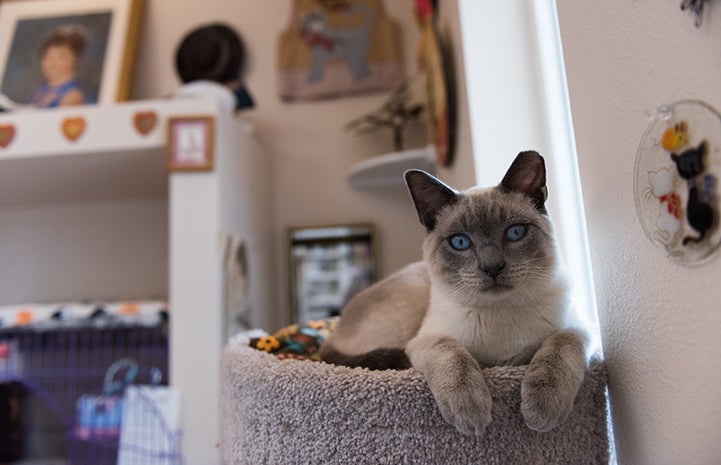
A happy life for two kittens with FeLV
Abraham and Alfonso have already beaten some of the toughest odds after arriving at the Sanctuary at the tender age of four months. At Cat World , they live together in an area devoted entirely to cats with FeLV. Their caregivers keep a close eye on their health and give them plenty of extra TLC. All they have to do is soak it up.
Because Abraham and Alfonso came to Best Friends, they are living happy lives and doing exactly what other playful young cats do. No one knows what the future holds, but the cats aren’t worried about that. Every day is a celebration for them, because each morning they’re greeted by people who love them, and they spend their days chasing after their favorite toys, napping and lying in the sun. That, for a cat, is heavenly.
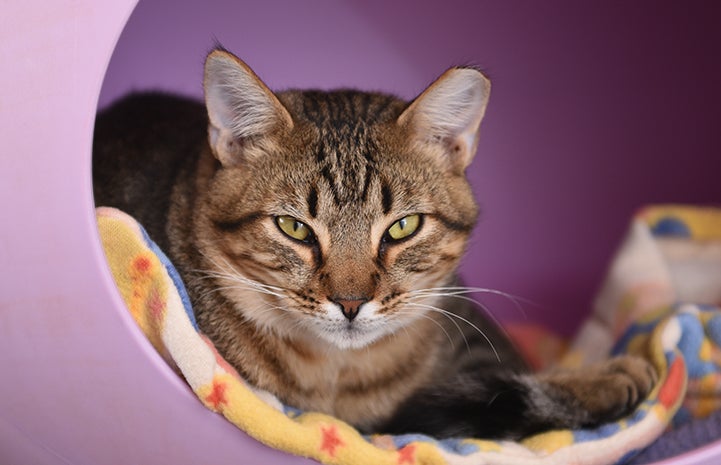
Photos by Kurt Budde
